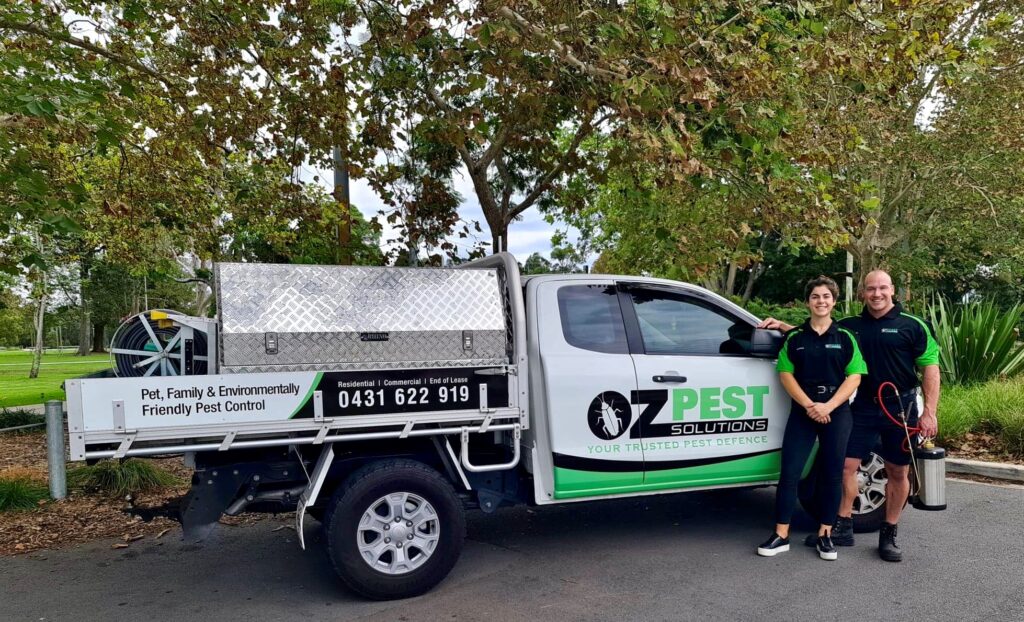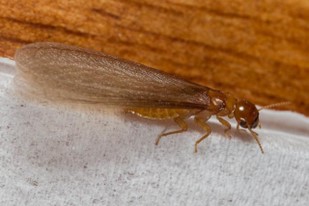Nasutitermes
Effective Nasutitermes treatment solutions
- We reply within 24 Hours
- Safe, effective treatments

Nasutitermes
Effective Nasutitermes treatment solutions
- We reply within 24 Hours
- Safe, effective treatments
Nasutitermes
Nasutitermes
Characteristics
Nasutitermes termites are present across Australia. Like other termites, their caste system includes the queen, king, soldier, worker, and reproductive. The soldier measures around 3.2 to 7 mm. On the other hand, the queen has a length of 25 to 30 mm, while the workers are relatively smaller, with a 4.5 mm size. As for the reproductive, they have larger bodies than the workers and soldiers, with a length of 15.5 to 17.5 mm. In terms of appearance, the Nasutitermes have dark brown heads pointed at the front and white or cream-coloured bodies. They have long mandibles that release chemicals to create a thread that can entangle invaders.
Habitat
This termite species creates mounds or arboreal type nests which are often found in trees, thus being referred to as the "tree termite". Nasutitermes colonies can be found above ground with a height of 30 to 70 cm high and 100 cm wide. Although they prefer creating nests in trees, they may also be found in dry areas such as wall cavities or under the floors. In other cases, their colonies may be located underground and not visible to the untrained eye.
Lifecycle
Compared to other termite species, the lifecycle of a Nasutitermes termite is quite different, as they undergo incomplete metamorphosis. The queen will lay her eggs one at a time. After hatching, the nymphs will undergo a transition period of two to four months and eventually develop into workers, soldiers, or winged reproductives called alates.
Eating Habits
The worker termites are the ones who do the foraging, and they are known to travel up to 50m to find food. Regarding food, the Nasutitermes termites prefer hardwoods or other decaying wood which is found on the ground. Due to poor ventilation, flooring timbers could be vulnerable to damage, which can attract Nasutitermes and they’d cause severe damage if left unchecked. On another note, they are a low-risk termite species if pine wood is present in your homes. However, these would be considered a high-risk termite species if your home is made of hardwood timber.
FAQs About Nasutitermes










